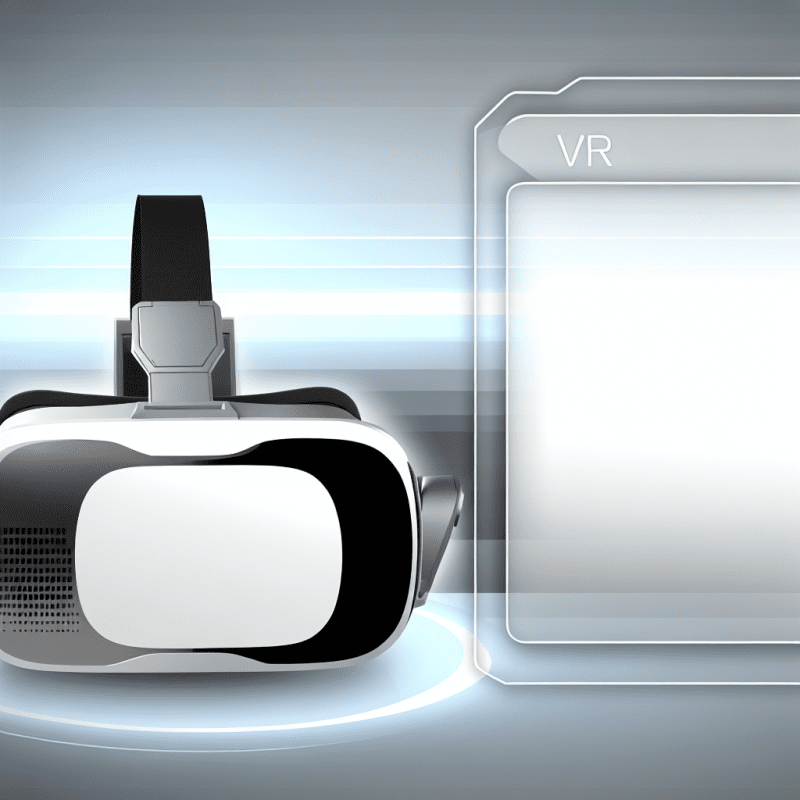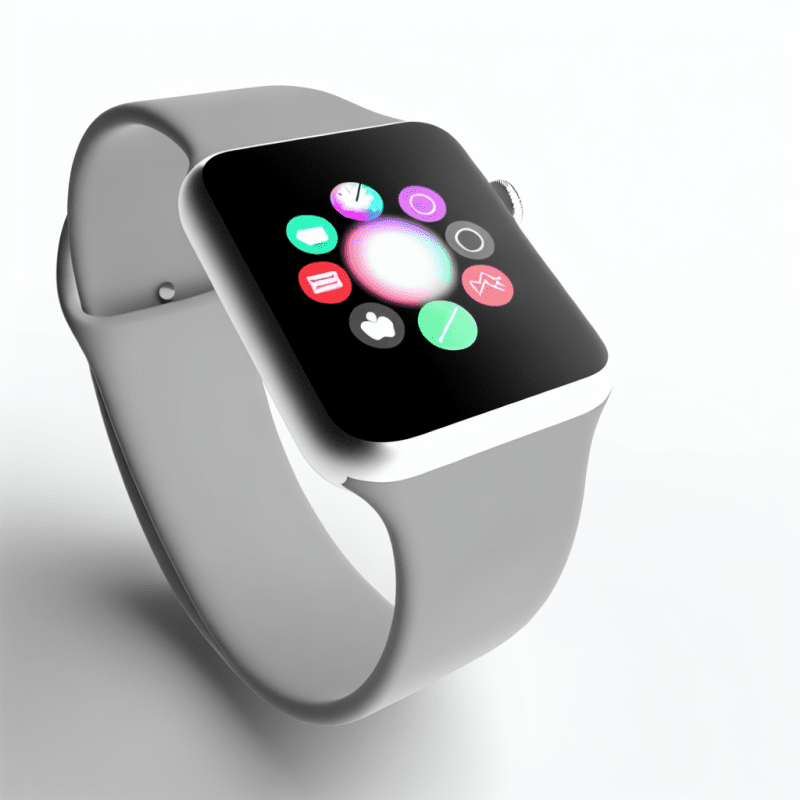When it comes to choosing the right heart rate monitor, there are a few key factors to consider. First, think about how you plan to use the monitor. Are you an athlete looking to optimize your training, or are you just starting to focus on your fitness? Different monitors cater to different needs, so knowing your goals can help narrow down your options.
Next, consider the type of monitor you prefer. There are two main types: wrist-based monitors and chest straps. Wrist-based monitors are convenient and easy to wear during everyday activities or workouts. They often come with additional features like step counting and sleep tracking. On the other hand, chest straps can provide more accurate heart rate readings, especially during intense exercise. If precise data is essential for you, a chest strap might be the better choice.
Another important factor is connectivity. Many heart rate monitors can sync with smartphones or fitness apps, allowing you to track your progress over time. Look for a model that is compatible with your devices and offers the features you need, such as real-time heart rate data or workout summaries. Read reviews to ensure that the connectivity is smooth and reliable.
Lastly, budget plays a crucial role in your decision. Heart rate monitors come in a wide range of prices, from basic models to advanced devices with all the bells and whistles. Decide what features are must-haves for you and find a model that fits your budget while still meeting your needs. Always remember, the best heart rate monitor is the one that aligns with your lifestyle and helps you achieve your health goals.
How Health Rate Monitors Work
Health rate monitors are fascinating devices that help us keep track of our heartbeats. They primarily work by using sensors to detect the electrical signals generated by our hearts. When our heart beats, it sends an electrical impulse that can be measured. Most monitors use a technology called photoplethysmography (PPG), which shines a light through our skin to see how much blood is flowing. This method allows the monitor to detect the volume changes in our blood vessels, helping to calculate our heart rate.
Some health rate monitors come in the form of wristbands or smartwatches, which makes them very convenient for everyday use. These wearable devices usually have a light source, like a LED, and a photodetector. The light emitted penetrates the skin, and the amount of light that bounces back changes with the pulse of blood flow. By analyzing these changes, the monitor can quickly compute the number of heartbeats per minute.
Other types of heart rate monitors, like chest straps, work slightly differently. They typically include electrodes that are placed directly on the skin. These electrodes pick up the electrical signals from the heart more accurately than optical sensors. The signals are then transmitted wirelessly to a connected device, like a smartphone or a fitness watch, allowing users to monitor their heart rates in real time.
Regardless of their form, health rate monitors are excellent tools for fitness enthusiasts and those wanting to keep tabs on their heart health. They provide valuable information that can help users make informed decisions about their exercise routines and overall cardiovascular health. With more advancements in technology, these monitors are becoming even more accurate and user-friendly, making it easier for everyone to stay aware of their heart rates.
Benefits of Using Health Rate Monitors
Health rate monitors are becoming an essential tool for people who want to keep track of their fitness and overall well-being. These devices offer real-time data about your heart rate, helping you understand how your body responds to various activities. This instant feedback can motivate you to push yourself in workouts or help you maintain a steady pace during exercises.
One of the significant benefits of using health rate monitors is their ability to help you optimize your workouts. By monitoring your heart rate, you can identify your target heart rate zone, which is the range where you can burn the most calories and improve cardiovascular fitness. This targeted training can lead to better results in less time, whether you aim to lose weight, build stamina, or enhance athletic performance.
Another advantage is the ability to track your progress over time. Most health rate monitors sync with apps or devices that store your data, allowing you to see long-term trends. You'll be able to compare your heart rate stats across different workouts and see how your fitness level has improved. This information can also help you set realistic fitness goals and adjust your training plan as needed.
Furthermore, health rate monitors can serve as an early warning system for potential health issues. Consistently high or abnormal heart rates can indicate overtraining or other health concerns. By being proactive and recognizing these patterns, you can take steps to improve your health before any serious problems arise. Overall, incorporating a health rate monitor into your routine can lead to a more informed approach to fitness and well-being.
Tips for Accurate Monitoring Results
Monitoring your health rate can provide valuable insights into your fitness and overall well-being. However, to get the most accurate results, you need to follow a few simple tips. First and foremost, always use your health rate monitor consistently. If you're using it for workouts, try to wear it at the same intensity level each time. Consistency helps in understanding your body's patterns and improves the reliability of the data you collect.
Next, make sure that your monitor is fitted properly. Whether you’re using a wrist-based monitor or a chest strap, it should fit snugly but comfortably. A loose fit can lead to inaccurate readings, while an overly tight fit may cause discomfort. Additionally, consider the placement on your body; different monitors have recommended locations for optimal readings.
Another important tip is to avoid using the monitor in extreme temperatures. For instance, if you're working out in extreme cold or heat, the readings may not be as accurate. Try to track your health rate in a comfortable environment, and remember to hydrate properly to ensure your body's functions are at their best. Lastly, it's essential to remember that health rate monitors are tools to assist you; they should complement other forms of health tracking rather than act as the sole source of truth.



